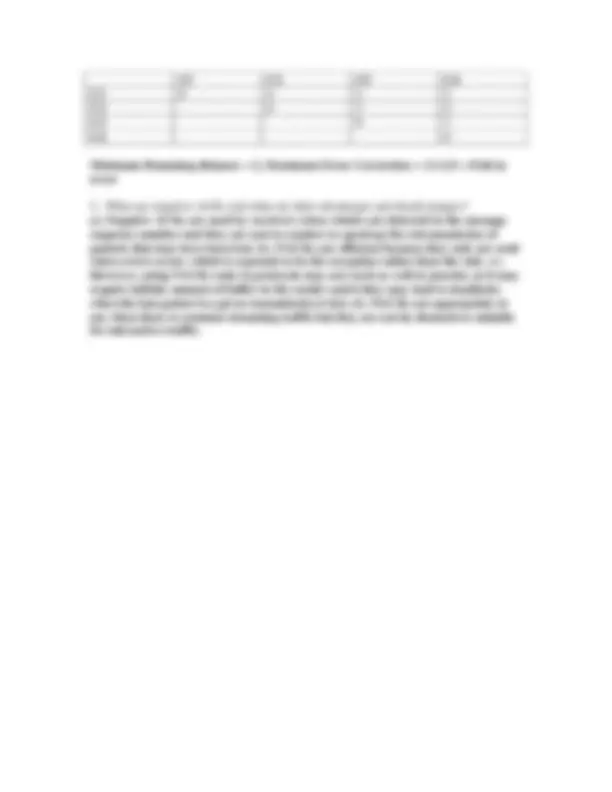



Study with the several resources on Docsity

Earn points by helping other students or get them with a premium plan


Prepare for your exams
Study with the several resources on Docsity

Earn points to download
Earn points by helping other students or get them with a premium plan
Community
Ask the community for help and clear up your study doubts
Discover the best universities in your country according to Docsity users
Free resources
Download our free guides on studying techniques, anxiety management strategies, and thesis advice from Docsity tutors
Material Type: Quiz; Class: Computer Network Design; Subject: Computer Engineering; University: San Jose State University; Term: Spring 2011;
Typology: Quizzes
1 / 2

This page cannot be seen from the preview
Don't miss anything!


Full Name: _________________________ Grade ID___________________
Student Signature:______________________________________________________
1.-A channel has a bandwidth of 20[MHz]. If a two level signal is to be used for data transmission, what is the maximum [Mb/sec] data rate such channel could support assuming no significant noise level in the system.
Using the Nyquist Theorem (Chapter 2, page 94) B = 20[Mhz], V=2, C=maximum data rate? C = 2Blog 2 V [bits/sec] = 2 * 20 * 10^6 * log 2 2 [bits/sec] = 40 * 10^6 [bits/sec] C= 40 [Mbits/sec]
2.- A framing system that uses bit-stuffing is sending frames of 100 bytes payload each. For frames that have all bits set to one, what would be the payload overhead (as percentage of payload) added by bit stuffing?
Each 5 bits will have to be followed by a stuffed 0 so if we have 100 bytes that is 800 bits and by dividing by 5 we get 160, so we have to stuff 160 bits and the overhead is O=(160/800)*100%=20%
3.- Explain what a CRC is and why CRC is an efficient way to do error checking?.
CRC is a number of bits that make the data be divisible exactly by a well known polynomial (by receiver and sender). Error checking is the reduced to dividing the data at the receiver by the well known polynomial and making sure the reminder is zero. If no remainder, the data is assumed error free, if the reminder is non-zero the data is assumed incorrect and needs to be discarded. CRC are specially efficent because they can be rapidly generated and checked in simple hardware.
4.- For the following data code, determine the minimum hamming distance and compute the maximum number of bits in error that the code could correct. (Data bits are in bold, underlined.
C1 0 0 1 0 1 C2 0 1 0 1 0 C3 1 0 0 0 0 C4 1 1 1 0 1
Minimum Hamming distance = 2, Maximum Error Correction = (2-1)/2 = 0 bit in error
5.- What are negative ACKs and what are their advantages and disadvantages? a).-Negative ACKs are used by receivers when wholes are detected in the message sequence number and they are sent to senders to speed up the retransmission of packets that may have been lost. b).-NACKs are efficient because they only are send when errors occur, which is expected to be the exception rather than the rule. c).- However, using NACKs only in protocols may not work as well in practice as it may require infinite amount of buffer in the sender and it they may lead to deadlocks when the last packet in a given transmission is lost. d).-NACKs are appropriate to use when there is constant streaming traffic but they are not by themselves suitable for interactive traffic.